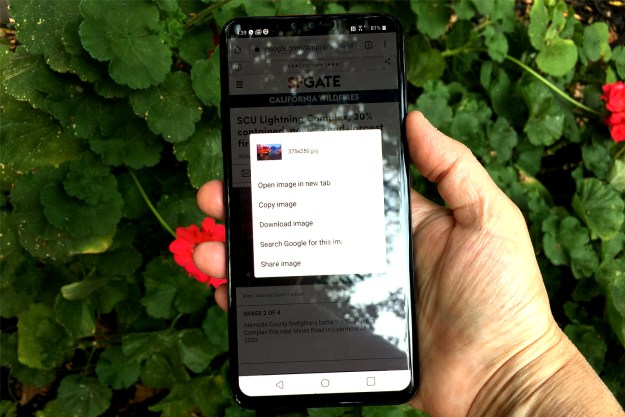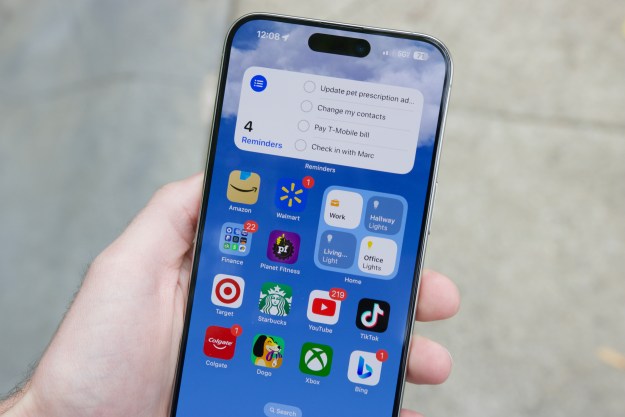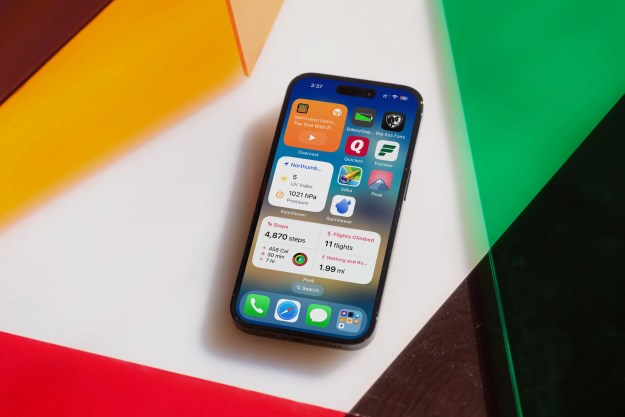
If you follow mobile news at all, you know that the smartphone market is exploding and most of the growth is going to Android and iOS. Every quarter we hear numbers, but today NPD Group (via BGR) released a fascinating chart that shows the market share of all major smartphone OS’s since 2006.
The chart shows the startlingly quick growth of Android, which now holds 53 percent of the US smartphone market as of Oct. 2011. It also shows some of the big losers. It clearly illustrates the fast market share erosion of Palm OS, Windows Mobile, Symbian, and RIM (BlackBerry) in the last six years. Windows Mobile went from 37 percent of the market to only 3 percent, which is now buoyed by the 2 percent market share of Windows Phone, which launched in late 2010. RIM went from a 50 percent market share during some quarters of 2006 to an 8-10 percent share through Oct. 2011.
As startling as these numbers are, keep in mind that market share is only half of the picture. Yes, RIM used to dominate and now Android is crushing it, but the smartphone market has grown massively since 2006. So while Windows Mobile used to hold a commanding market share, it did so in a much smaller market. Likewise, RIM may have a 10 percent market share in 2011, but that doesn’t mean its sales have dropped. It’s simply not keeping pace with the growth of its competitors.
What does 2012 have in store? RIM and Windows Phone face a huge challenge to try and make themselves relevant in a market that seems to have completely replaced them with Android and iOS. HP also just announced that WebOS will become open source. If a few manufacturers latch onto it, could it see a resurgence by this time next year, or will it be missing from the chart entirely?
Editors' Recommendations
- The 10 best photo editing apps for Android and iOS in 2024
- How to add a different home screen wallpaper on iOS 17
- The 7 biggest features we expect to see in iOS 18
- iOS 18 could make my iPhone look like Android, and I hate it
- How to change your iPhone’s notification sound in iOS 17


